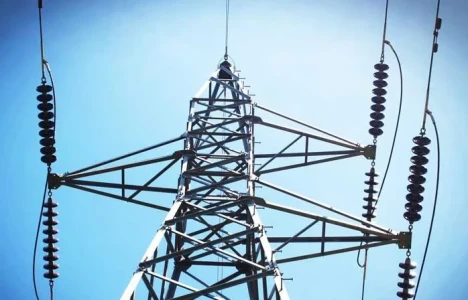Line Leakage Testing: Is It Right For Your Application

The Line Leakage test (LLT for short) is most often specified to be performed as a type test in a design or engineering laboratory or as a routine production line test on medical devices right before they ship. Not as commonly performed as a Dielectric Withstand or Ground Bond test in a production environment, LLT can cause some confusion for engineers and technicians alike.
However, technological advancements have begun to lessen the outward complexity of the test.
What used to be complicated set-ups and testing procedures has now been simplified with the use of multi-function testing instruments, all-in-one testing solutions equipped with the components and relay switching networks to perform leakage tests in an automated sequence with little or no input from the test operator. This makes for safer and more efficient testing.
Electrical products including anything from appliances to handheld tools must be tested during the design and development phase in order to receive a safety agency listing. In these laboratory environments, the LLT is used to help ensure that the product’s manufacturing processes and assembly practices are satisfactory. Along with other common tests such as the Hipot and Ground Bond tests, the Line Leakage test is used in this situation primarily as an indicator of design quality.
Some products, such as medical equipment, are designed with the intention of direct contact with a patient. Line Leakage tests should be performed on these products as a 100% routine production line test. Due to the sensitive nature of the applications for which this type of equipment is used, it is easy to see why rigorous testing must be performed as a routine test.
Whether the LLT is being performed as a type test or as a production test, the purpose of the test is the same: to determine if a product’s insulation has the integrity to prevent any current from reaching the operator. When current does find its way through or across any part of a product’s insulation system, it is known as leakage.









